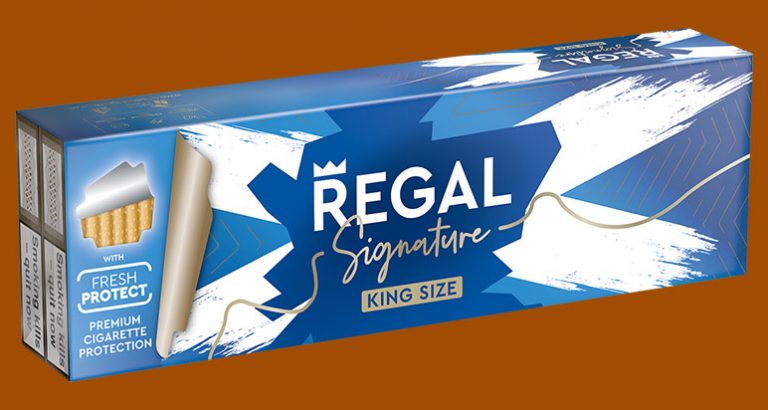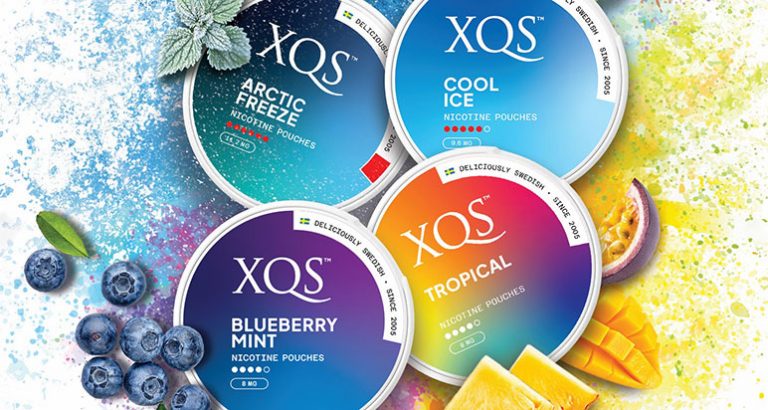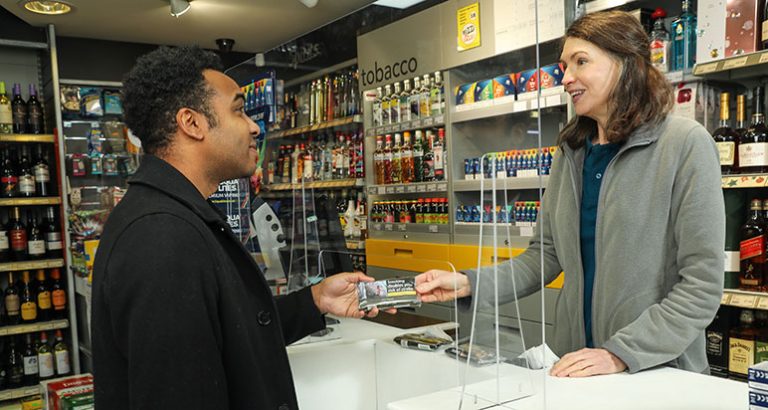After years of deliberation and planning, the tobacco display ban is just weeks away from becoming law. Ahead of the ban coming into force, we take a final look at what you need to put in place and what the likely repercussions of the ban will be.
by Kevin Scott
Under the Tobacco and Primary Medical Services (Scotland) Act 2010 every shop in Scotland that sells tobacco must remove it from open display on 6th April. This legislation marks the most disruptive change to the convenience sector since the Licensing (Scotland) Act 2005, and will forever change the appearance of the till area of a shop. Welcome then, to the dark market.
More commonly referred to as the tobacco display ban, the legislation will make it virtually impossible for retailers to market tobacco products to their customers. For retailers, it is imperative to have a plan in place and staff training scheduled to ensure any disruption is minimal.
Throughout 2014 tobacco suppliers worked with stores to begin plans for compliance, with many ‘going dark’ ahead of schedule. Many unaffiliated stores are not receiving financial support from suppliers or symbol groups, and it is these stores who are at greatest risk for non-compliance.
“While some Scottish retailers are receiving financial support in terms of preparing their gantries, many aren’t and it is these retailers that really need to get things moving in terms of planning and preparation,” says James Higgs, Head of Marketing & Public Affairs at Scandinavian Tobacco Group UK (STG UK). “There is plenty of advice and support out there for those who need it but it’s up to retailers to seek it out and follow it.”
Five facts you need to know
- The open display of tobacco cannot exceed 1,000 sq cm. This is less than the 1,500 sq cm in other parts of the UK, and retailers must ensure their solution applies to the Scottish regulations.
- This display area is allowed to be exposed following a request from a customer to buy or view tobacco products.
- In addition, incidental displays are allowed when staff are:
- Assessing stock levels
- Replenishing stock
- Undertaking staff training
- Pricing
- Cleaning the gantry
- Refurbishing the gantry
- Under 18s can observe the display when accompanied by an adult, but it is illegal to show the display to an unaccompanied under 18. Therefore till prompts become redundant as ID will be required before opening the display, not as a sale is completed.
- Fines for non-compliance in Scotland are up to £2,500 if prosecuted, however local authorities can give a ‘fixed penalty’ on the spot fine of £200 (£150 if paid within 14 days). The fixed penalty will increase in value for each subsequent breach and retailers could be banned from selling tobacco products if they or their staff commit three or more offences.
The solutions
The most obvious solution to the display ban is a cover over the gantry. This can be anything from a home-made device – providing no more than 1,000 sq cm can be viewed at any one time – to a more robust system put in place by a shopfitter. This is the route we would recommend retailers take if they plan to continue to stock tobacco behind the till.
There are a number of available solutions, from shutter doors and vending units, to bespoke solutions that will utilise the original gantry space with other products. Over the course of 2015 there is likely to be movement on this front as retailers come to realise that covering up prime retail real estate is not conducive to maximising sales potential.
In the first instance however, shops will have to focus on compliance and availability – both of which require additional staff training.
“Scottish retailers need to place an increased focus on analysing market data and identifying sales patterns will help to avoid out of stocks when display restrictions are enforced,” says Andrew Miller, Imperial Tobacco’s Head of Independent Retail. “One thing we learnt from Australia is that availability drops in a dark market. Getting into the habit of carrying out regular availability checks and marking key lines off on a checklist now will make the transition far smoother in 2015.”
Jeremy Blackburn, Head of Communications at JTI, says that availability will remain the most important aspect of the sector. “Retailers should reassure new and regular adult smokers by having their brand available when they expect to buy it as that way they will see no change in service levels,” he says, adding, “The cover up should not impact on good customer service – well trained staff and a correctly stocked gantry will ensure customers experience a seamless transition and continue to have a positive experience when shopping in store.”
One sage piece of advice for retailers is to consider placing reminder cards on autofeeds so staff are aware of what product goes where. It is also worth keeping a customer request book for new products.
STG UK’s Higgs says that by ensuring staff are knowledgeable about the products on offer, they will be able to offer an exceptional level of customer service. He says: “Talking staff through where the products will be stocked on the gantry ahead of time will also allow them to get used to where they’re positioned and reduce transaction times at the till. It will also help to educate them on the importance of stock levels. While the store owner or manager may be responsible for placing the stock orders, staff should understand how key it is to maintain 100% availability at all times.”
Again it comes back to availability – this will be the marker by which retailers are judged. If you excel then you will win more customers from stores where availability is poor. Conversely, if your own availability is poor and staff are not sufficiently trained, leading to longer transaction times, then you will lose customers.
The next few weeks will not be easy, but with many retailers who have already gone dark reporting no impact on sales, there remains hope that the implications of the display ban will be minimal.
Tobacco price displays
As part of the legislation you must label and price tobacco and related products in a specific format to ensure that pricing cannot “be exploited as a form of promotion”. Only three types of tobacco price display will be permitted:
- Poster style lists (up to A3 in size) which can be permanently on show. The legislation sets out that these must not exceed 1,250 square centimetres.
- A price list available on request (picture price list), which must not be left on permanent show but which can be shown to any customer who asks for information about tobacco products or smoking related products sold.
- Price labels, which can be placed on shelving, storage units or tobacco jars. One price label is permitted for each product either on the covered shelf where the product is stored or on the front of the storage unit.
All types of price list or label must use black Helvetica (bold or plain) or Arial (bold or plain) fonts, in the same size throughout the text, all lower case 10 point (except that the first letter may be in upper case) on a white background.
The only information that can be given about tobacco products is:
- the brand name of the product
- the price of the product
- if pre-packed, the number of units in the packet, or if sold by weight, the net weight of the product
- for cigars only, the country of origin and dimensions (e.g. length and ring gauge)
- for pipe tobaccos, the cut and type of tobacco used.
The price list or label cannot contain any other feature. The only exception is the picture which is allowed on a requested price list.







